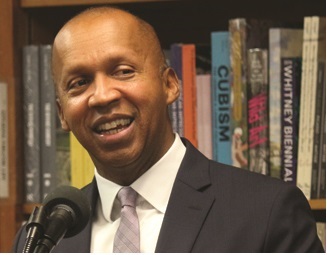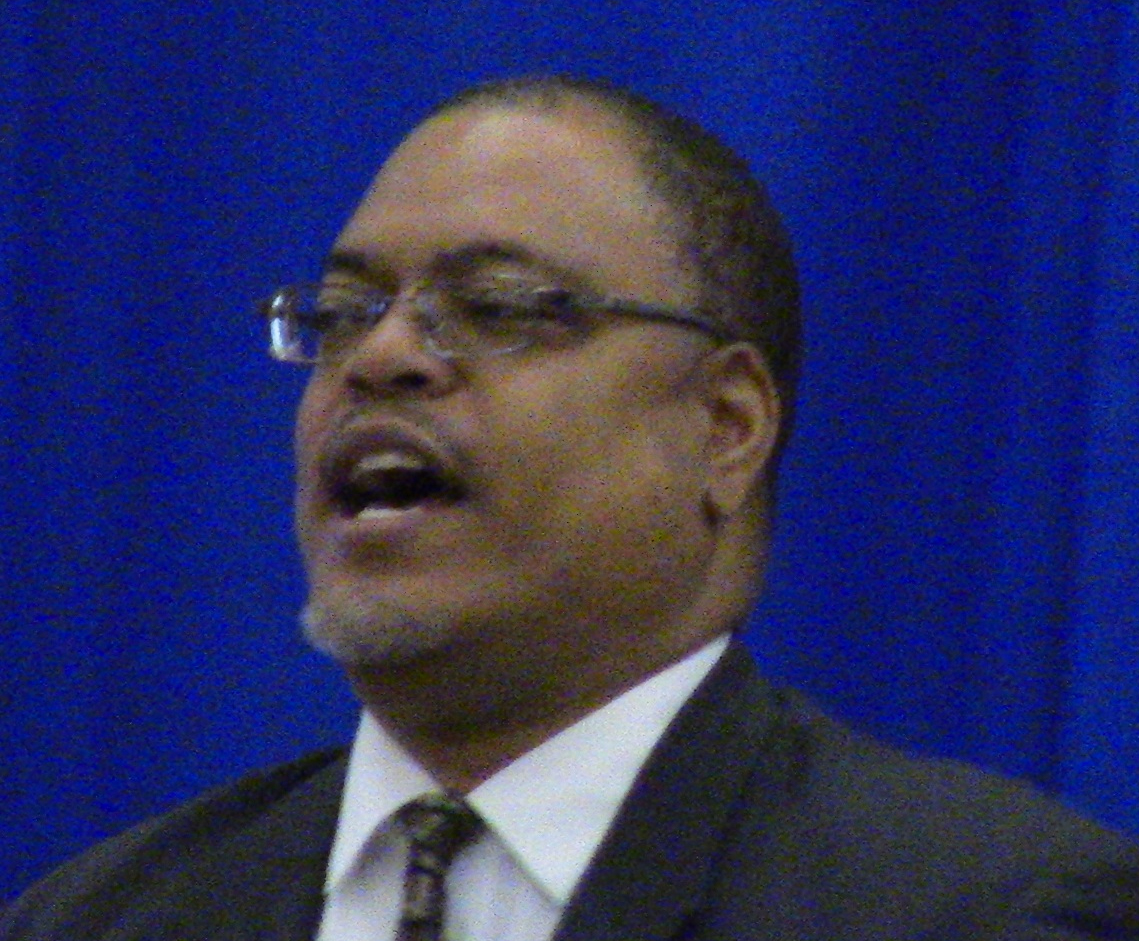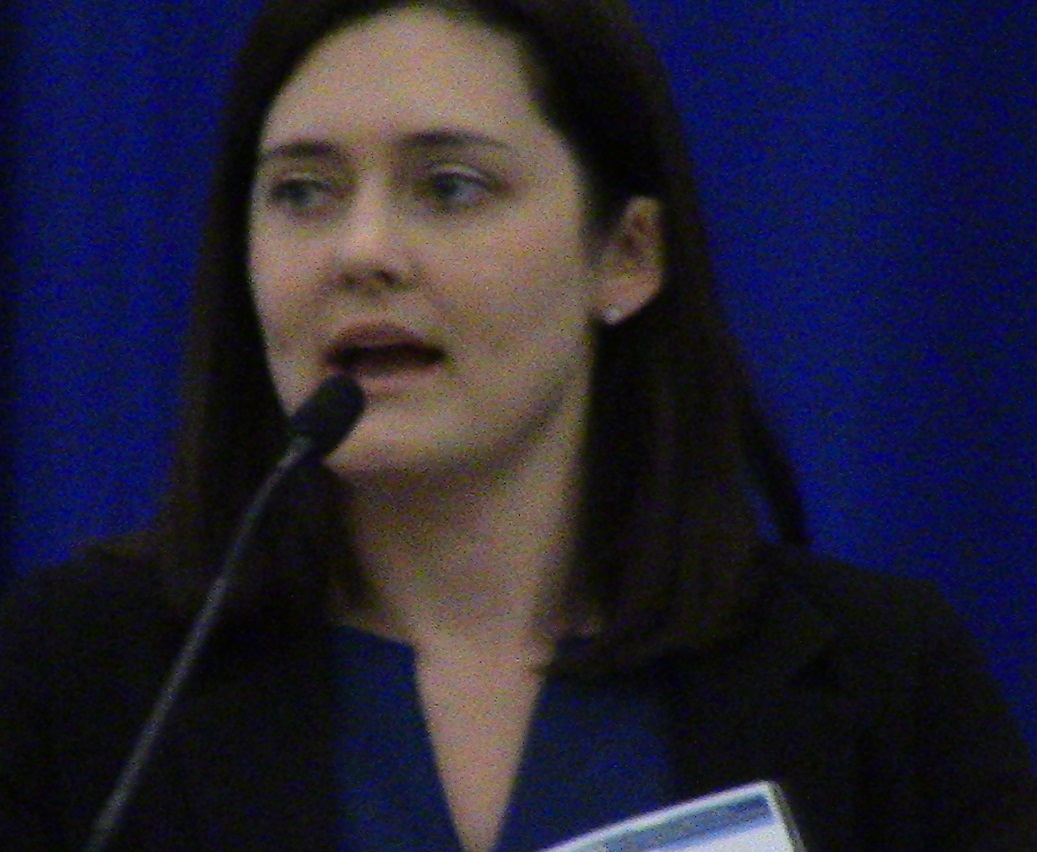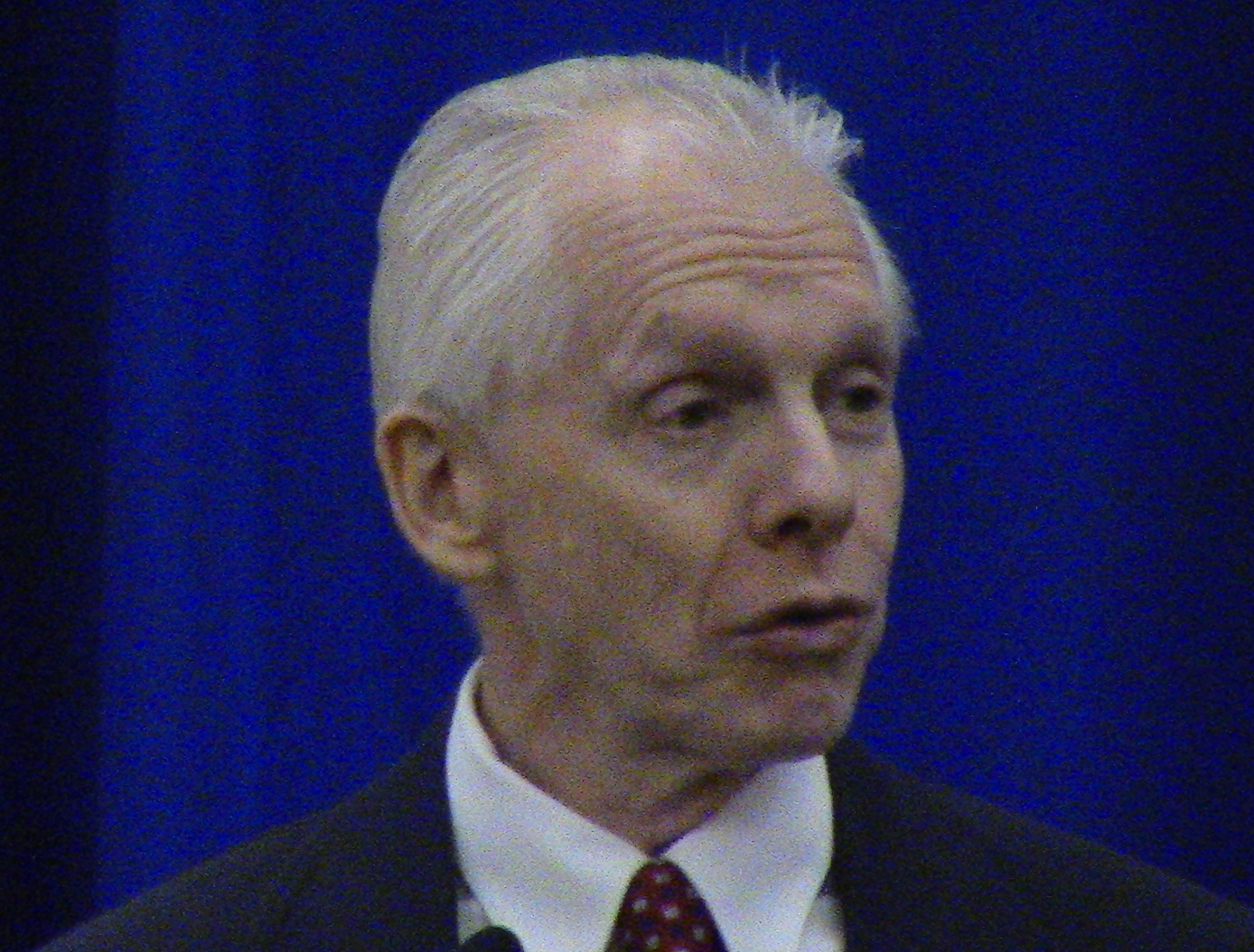JUVENILE JUSTICE TAKES ON TRAUMA FOR A DAY
by Michael Hopps
Even in a nation built on the rule of law, there is no guarantee that justice will be meted out equally or on time.
But on Nov. 17, in a modest hotel ballroom off Baltimore, Md.'s Inner Harbor, an appreciative crowd of about 200 watched the Office of Juvenile Justice and Delinquency Prevention (OJJDP) take aim at achieving equal justice. Those onlookers served witness to a daylong testimony of man's inhumanity to men, women, and children, punctuated by damning statistics but also by tales of redemption, and ending, somehow, with the promise of a better society. The moral arc of the universe is long, Dr. King told us a half-century ago, but it bends toward justice.
OJJDP hosted the 3-day
Youth Violence Prevention Communities of Practice Fall Convening at the Baltimore Hilton, Nov. 17–19. The theme of the convening's first day, a training, was "Improving Public Safety and Health in Communities With High Trauma, Neglect, and Stress." OJJDP Administrator Robert Listenbee led off the morning with a few remarks before handing the microphone to Bryan Stevenson, founder and executive director of the Equal Justice Initiative (EJI), a Montgomery, Ala., nonprofit law firm that represents indigent defendants and prisoners who have been denied fair treatment in the legal system.

Bryan Stevenson |
Stevenson described some family and personal history. His great grandparents were slaves; his parents were "humiliated every day of their lives ... every day they saw signs that said WHITE and COLORED." He talked about studying philosophy in college, realizing during his senior year that no one was going to pay him to philosophize, and deciding to go to law school because "It was very clear to me that you don't need to know anything to go to law school."
While studying law, Stevenson first visited death row and found his calling. He decided he could find far more meaning in trying to help condemned prisoners—those whose lives seemed broken beyond repair—than by trying to earn a lot of money. "I don't do what I do because I feel it's important," he explained. "I do what I do because I'm broken too."
Fifty years on from the Voting Rights Act, Stevenson drew a picture of a nation afflicted by mass incarceration:
- In 1972 the United States had 300,000 people in prison. Today there are 2.3 million Americans in prison.
- There are 70 million Americans with criminal arrests.
- The number of women going to jail has increased 620 percent over the past 20 years, and 70 percent of these women are single parents with minor children.
- One in three African American male babies and one in six Latino boys born in the 21st century are expected to go to jail.
- Fifty percent of people in prison are mentally ill; 20 percent are seriously mentally ill.
- Thirty-one percent of Alabama's male black population has permanently lost the right to vote.
- Fifteen states have no minimum age for trying children as adults; thus, 250,000 people in prison are there for crimes they were convicted of as children.
These numbers put an enormous burden on the poor, especially on the children of the poor. The result is an atmosphere of despair, Stevenson explained, adding that, too often, "young adolescent boys do not envision themselves as free adults."
He pointed back to a time when politicians, wanting to be "tough on crime," made policy decisions rooted in fear. "Thirty years ago we created this narrative that some children aren't children," Stevenson said. "We gave them a different name. We said they're 'superpredators.' We created this consciousness that allowed us to demonize children."
Choosing One's 'Behavioral Comportment Toward Life'
Hawthorne Smith, Ph.D., clinical director of the Bellevue/New York University Program for Survivors of Torture, spoke after Stevenson, offering three prescriptions for the despair affecting so many poor communities: "Wisdom, courage, and hope." He then noted: "Two of the three won't do. You need all three."

Hawthorne Smith, Ph.D. |
Smith described hope in an unusual way. "Hope isn't something you have," he said. "Hope is something you do. It's a behavioral comportment toward life. It's an attitude."
What Chronic Stress Does to a Child
Sitting on the panel with Smith was Lindsay Malloy, Ph.D., an assistant psychology professor at Florida International University. Malloy described chronic stress, explaining that acute stress, in contrast to chronic stress, is sudden and short-lived.

Lindsay Malloy, Ph.D. |
"We give children an ethical stress test," she said. "A child walks into a room and is told he or she will have to speak publicly and count backward by 7s beginning at 177. During the test, the child is asked repeatedly to spit. We measure the rise in cortisol, which shows up in saliva."
Malloy noted that "it is actually important that your cortisol level rises when you are under stress."
The fact that cortisol doesn't rise in chronically stressed children under conditions that would cause the hormone to spike in others shows the damage to such children.
"Chronic stress changes the brain physically," explained Malloy. "Chronically stressed students don't sleep as well. They are far more likely to misbehave in school."
Trauma and School Suspension: A Recipe for Delinquency
Later in the day, EJI's Maria Morrison, MSW, reported that African American children are nine times as likely as white children to be locked up, and 15 percent of African American children are suspended. She pointed out: "Traumatized children are the very first children who are suspended or expelled. School suspension triples the likelihood you will have an encounter with the juvenile justice system in the next year."
On Those Who Recover From Damage
Julian Ford, Ph.D., ABPP, an associate professor of psychiatry at the University of Connecticut School of Medicine and director of the university's Health Center Child Trauma Clinic and Center for Trauma Response Recovery and Preparedness, defined
psychological trauma as a threat to one's survival or to the survival of something a person loves, trusts, and looks to for support—such as one's parent. He offered an exercise his field uses to help victims of psychological trauma. It consists of "focusing the mind on one thought based on what you value and who you are as a person." He said, "This recalibrates the brain."

Julian Ford, Ph.D. |
From Ford's findings on those with whom he works, he described a remarkable byproduct. "Trauma survivors don't simply want to survive," he told the ballroom audience. "They want to make a contribution" to society.
'The Opposite of Poverty Is Not Wealth'
Throughout the day's workshops and presentations, which culminated in the testimony of a man imprisoned nearly 30 years for two murders he did not commit and recently released, Bryan Stevenson offered a reminder that we cannot deal with our deepest problems without naming them. He said:
Our system treats you better if you're rich and guilty than if you're poor and innocent. I don't believe the opposite of poverty is wealth. I believe the opposite of poverty is justice. To talk about race, we need to talk about slavery. The Thirteenth Amendment talks about indentured servitude, but it doesn't talk about trauma. We need to talk about trauma.
He explained there is power in naming our trauma. For when we teach people to recognize and embrace their ancestors' enslavement, it becomes a positive narrative. Echoing Dr. King, Stevenson said, "They begin to see themselves on an arc of justice."



